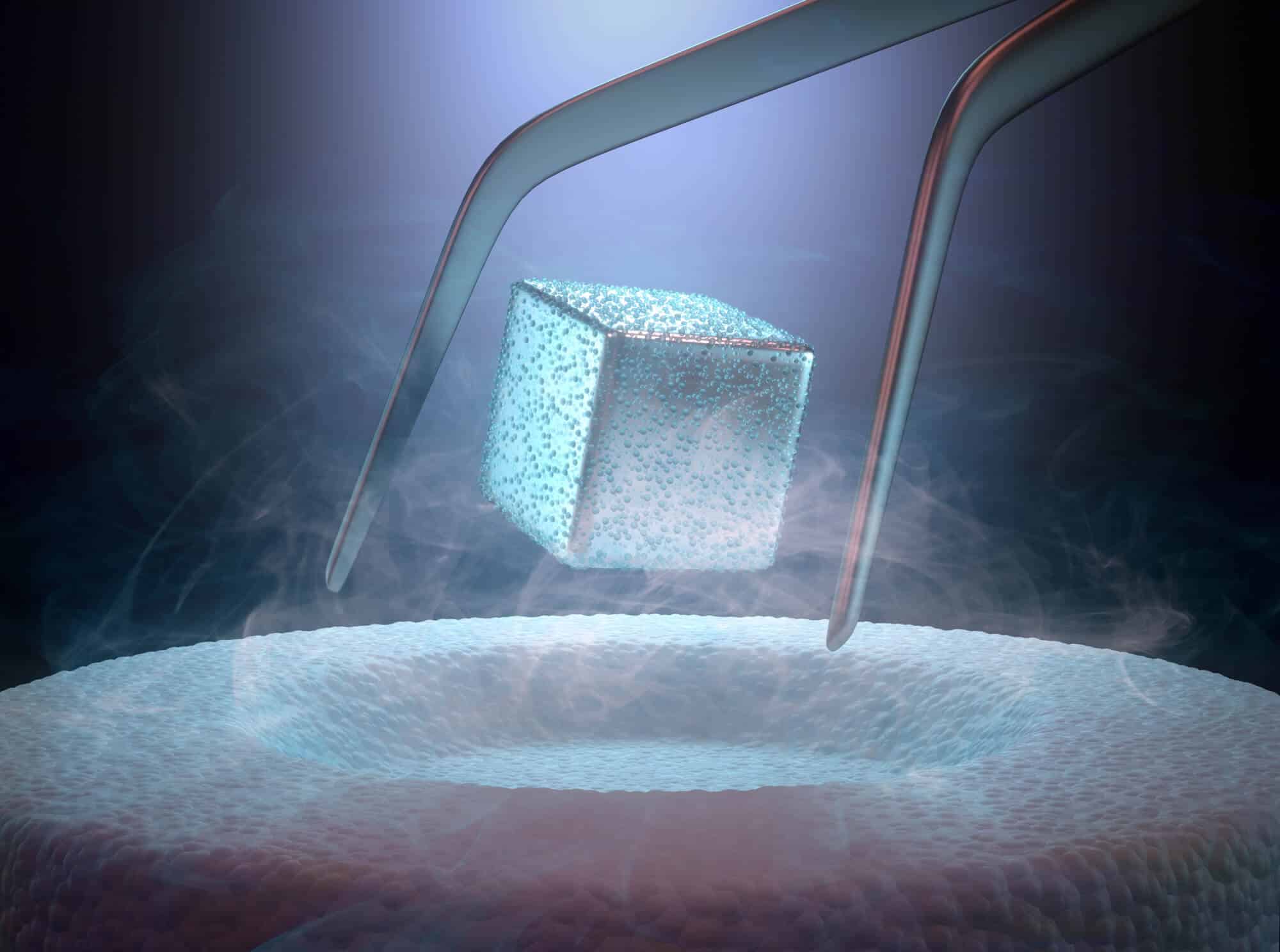An invisible magnetic phenomenon may lead to a technological leap based on superconductors at high temperatures

conductive-A conductor is a material through which an electric current passes without any resistance. the fields of transportation, the medicine, the energy, computing and more, Wonders will become more efficient if conductive technology is integrated into them-About, But conductive-They only function at extremely low temperatures, so their use in technology is very limited. New research published in the journal Nature Contributes to their understanding and may be a step towards conductivity-much more accessible.
The research in the field of conductivity-The super focuses on conductive search-on which do not require very low temperatures. The biggest puzzle in research in the field is how conductors work-Super these. A study carried out in the physics department at Bar-Ilan University uses a unique magnetic microscope to photograph a phenomenon that until now was considered invisible and could possibly answer the riddle.
Superconducting materials are surprising the scientific community, that expect that conductivity-Al Tova will appear only in metals, but in practice it is also found in insulated ceramic materials. Over the years it became clear that in these materials the electrons cannot move freely, Rather, they are locked in a lattice structure (From the word "Alternately"). Electrons have two fundamental properties - one is an electric charge (which is responsible for the conduction of electricity) And the second is a quantum property called "Spin" (In Hebrew "Dizzy"). You can imagine the spin as a small magnet, with two poles that attract or repel each other.
Usually each electron has its own charge and spin, and they cannot be separated, but there are quantum materials in which the electron is "broken" into two parts, one with charge and the other with spin, and each behaves as an independent particle. "Quantum spin liquid" is an example of such a state, and it is possible that this state enables superconductivity. One of the intriguing properties of the quantum spin liquid is that it is "invisible", that is, it has no characteristic signature that allows it to be measured experimentally, therefore, knowledge about spin liquids is based on indirect observations.
In the research carried out by Prof' Bina Kalisky and PhD student Ilon Persky from the Department of Physics and the Center for Nanotechnology and Advanced Materials at Bar University-Ilan, with partners from Israel and abroad, examined the relationship between conductivity-On and between liquid spins using engineered material, which is built of alternating layers of two materials - One is conductive-on and the other is suspected to be a spin liquid. The layered structure allows interaction between the two materials. The researchers discovered that the superconductor changes due to proximity to the spin liquid, and through these changes they were able to see it.
The researchers photographed the superconductor using a unique magnetic microscope and discovered changes in the superconductor that naturally occur due to the presence of a magnetic field. This is despite the fact that the material they studied is not magnetic at all. The results indicate a magnetic state originating from the spin liquid. The unique separation between charge and spin allows the creation of a hidden magnetic state that affects superconductivity without creating a real magnetic field.
This is actually the first direct observation of the connection between these two states of matter, a superconductor and a quantum spin liquid. The discovery that the coupling of the two states does not destroy the spin liquid, but produces a response that can be measured, Opens a door to the engineering of additional materials and a better understanding of the phenomenon of superconductivity.
- Researchers from Tel Aviv University have developed a new type of waveguide
- Dancing atoms will serve as bits in quantum computers
- Hybrid vehicles are more reliable and cheaper thanks to an innovative fuel cell
- Improving the efficiency of a fuel cell composed of materials with "high ionic conductivity"
